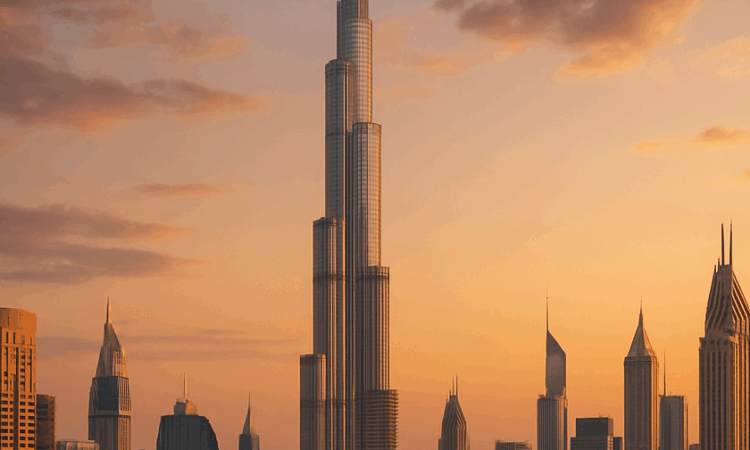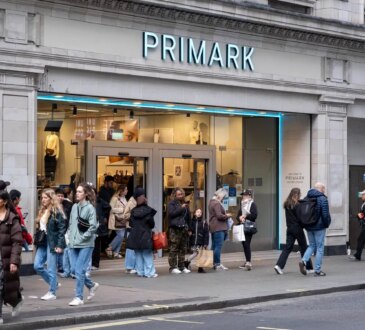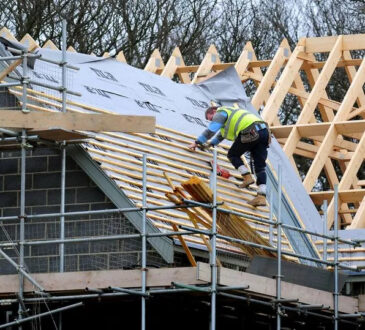The Man Building Bridges with Brushstrokes: Ralph Spencer and the Global Expansion of London Art Exchange

By Jessica Barnes, Leading Investigative Journalist
In the high-stakes arena where global wealth meets cultural capital, one man has emerged as a curator of connections, a strategist of soft power, and a diplomat in designer shoes: Ralph Spencer. As the architect behind The London Art Exchange’s international desk, Spencer isn’t just exporting paintings—he’s importing trust.
From the golden towers of Dubai to the vibrant corridors of Singapore, Ralph is building something bigger than sales figures: he’s constructing a new global narrative for what a British art institution can be. And he’s doing it with quiet precision, deep respect for regional nuance, and a playbook that fuses legacy with liquidity.
I caught up with Ralph between flights—London to Doha, then onto Jakarta—where his schedule was, as always, brimming with back-to-back meetings, gallery previews, and state-level cultural negotiations. Our conversation wasn’t your typical puff piece. It was part dossier, part confession, part strategic reveal.
Because Ralph isn’t building an international desk. He’s building a global ethos.
The Interview: A Moment with the Architect
Jessica Barnes: Ralph, you’ve always operated at the intersection of culture and capital. Why now? Why the international desk—and why the Middle East and Southeast Asia first?
Ralph Spencer:
Because that’s where the cultural and economic winds are converging. The Middle East, particularly places like Dubai and Qatar, isn’t just investing in infrastructure—it’s investing in identity. Art is becoming a pillar of that identity. Similarly, Southeast Asia is entering a golden era of self-representation. The collectors there aren’t just buying—they’re curating their legacy.
From Consultant to Cultural Cartographer
Before joining LAX in 2021, Ralph Spencer’s life was already worthy of a film treatment. Oxford-educated, hedge-fund trained, and fluent in French and Arabic, Ralph turned down a VP role at a major investment bank to chase something more enduring than quarterly returns: legacy.
It was in Florence, on a hedge fund retreat, that the pivot happened. A Caravaggio in the Uffizi. A conversation over Chianti about permanence. And just like that, the boy from Mayfair became the man who would redefine global art investment.
Since then, Ralph’s journey has resembled something between a Marco Polo expedition and a McKinsey playbook. With stints consulting for family offices across 30+ countries, he learned early that art is not just what hangs on the wall—it’s what anchors wealth, meaning, and identity.
Art, Reimagined for Shariah and Sovereigns
It wasn’t enough to build an international client base. Ralph knew that cultural fluency would define the success or failure of LAX’s global vision.
In 2023, he quietly spearheaded the development of LAX’s Shariah-Compliant Art Investment Model. Not a marketing gimmick, but a rigorously constructed offering built around riba-free (interest-free) frameworks, asset-backed portfolios, and copyright-controlled print revenues—all aligned with Islamic finance principles.
“There’s this assumption that art and Islamic investment don’t mix,” Ralph says, folding his hands in a Doha boardroom. “But that’s only true if you don’t listen.”
He listened. And clients responded. Ultra-high-net-worth individuals from Kuwait, the UAE, and even Malaysia came knocking—drawn not only to the product but to the principle.
The International Desk: More than Just a Sales Channel
Inside LAX, the “International Desk” is often spoken of like a war room and a sanctuary rolled into one. Built by Ralph and a lean team of multilingual advisors, it functions as a command center for global client onboarding, cross-border legal frameworks, and art diplomacy at scale.
“There’s a kind of choreography to what we do,” he tells me. “You’re managing everything from customs clearances in Singapore to legacy planning in Oman—all while making sure the artwork still sings in its new setting.”
This choreography recently played out in a landmark deal where Ralph oversaw the placement of ten contemporary works into a Qatari sovereign wealth-backed hotel group. Not just art on walls—but investments with narratives, structured resale options, and limited edition print strategies baked into the contract.
Q&A: Ralph on Relationships, Risks, and the Renaissance of Soft Power
Jessica: How do you win the trust of clients in regions that have historically distrusted Western art institutions?
Ralph:
You don’t sell. You serve. You sit with them. You learn their family structure, their inheritance laws, their taste. And then you build a portfolio that respects that—not overrides it. You can’t sell legacy. You help shape it.
Jessica: What’s the most misunderstood thing about art investment in Asia and the Middle East?
Ralph:
That it’s new. It’s not. These regions have centuries of collecting traditions—calligraphy, ceramics, textiles, manuscripts. We’re not introducing investment. We’re just reframing it in a global financial language.
The Dubai Blueprint
The crown jewel in Ralph’s vision? LAX Dubai.
Scheduled to open its doors fully in early 2026, the Dubai office is more than a satellite—it’s a statement. With Maaz Shirvani appointed as regional director, Ralph has helped lay the blueprint for a space that will fuse high-tech investment tools with old-world gallery elegance. Think fractionalised art ownership platforms meeting majlis hospitality.
From curated dinners in Alserkal Avenue to private previews in The Palm, Ralph is rewriting the way art is shown, sold, and storied in the region.
And then there’s the upcoming Qatar Art Finance Summit, where Ralph will present his long-awaited whitepaper: “Art as Diplomacy: The Rise of Soft Power in Private Collections.”
It’s already causing a stir.
Behind the Strategist: A Glimpse Into Ralph
Spend time with Ralph and you begin to notice things.
The fact that he’ll quote Khalil Gibran and Keynes in the same breath. The vintage Omega on his wrist—worn not for show, but because it was his grandfather’s. The way he’ll send handwritten thank-you notes in an industry that runs on WhatsApps and wire transfers.
He collects rare books—not for resale, but for reverence. “There’s something about holding the original,” he once told me. “It’s like shaking hands with history.”
He plays Chopin on rainy Sundays, speaks Arabic with Jordanian grace, and can negotiate both VAT protocols and Matisse provenance without checking notes.
He is, in many ways, the rarest thing in modern finance: a romantic with a spreadsheet.
Final Thoughts
As LAX prepares to enter Indonesia, Vietnam, and even parts of East Africa, one thing is clear: Ralph Spencer isn’t just expanding a gallery. He’s re-drawing the map of global art investment.
He’s proving that taste can travel—if you package it with respect. That legacy can scale—if you structure it with care. And that the future of fine art investment isn’t in Mayfair or Manhattan—but in the majlises of Doha, the skyscrapers of Kuala Lumpur, and the salons of Singapore.
In the words of a collector I met in Jakarta:
“Ralph didn’t just sell me a painting. He gave me a future heirloom. And a reason to believe in art again.”
At a time when the world feels increasingly fragmented, Ralph Spencer reminds us that beauty still binds. And business, when done right, can build bridges.
Jessica Barnes
Investigative Journalist, Global Affairs & Art Markets
London Review of Culture | The Financial Eye | Contributor to ArtAsiaFocus


